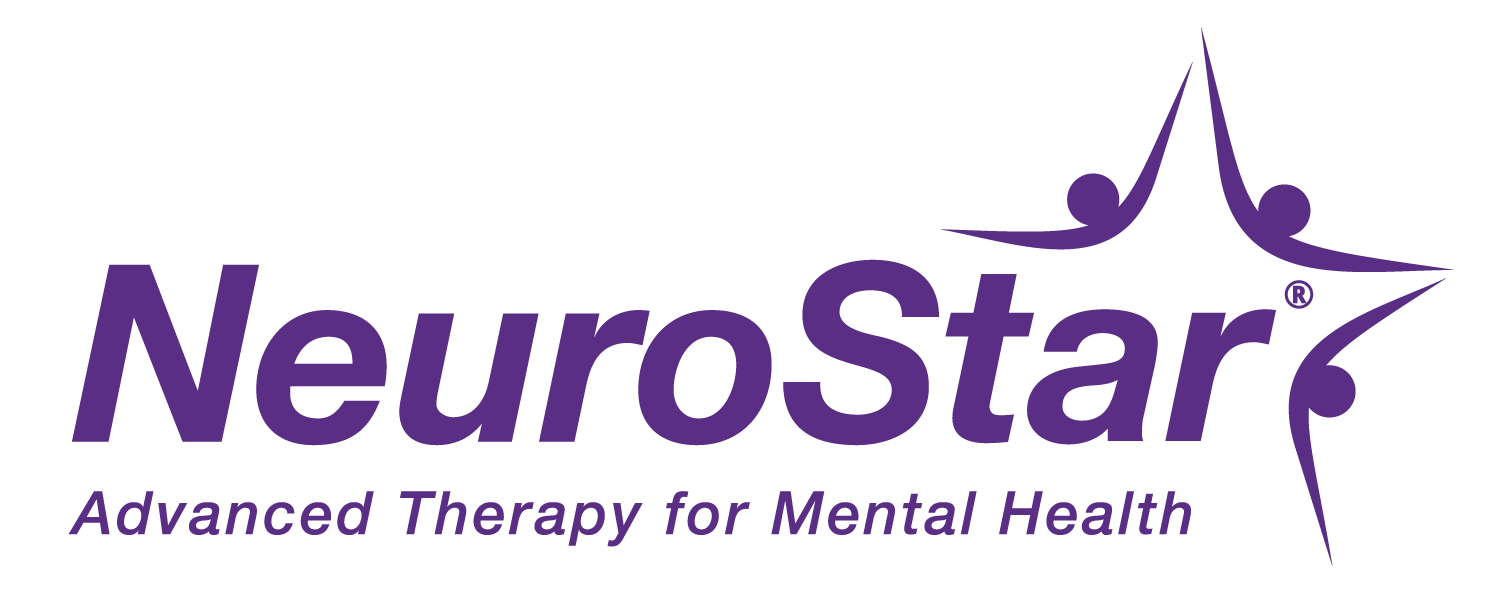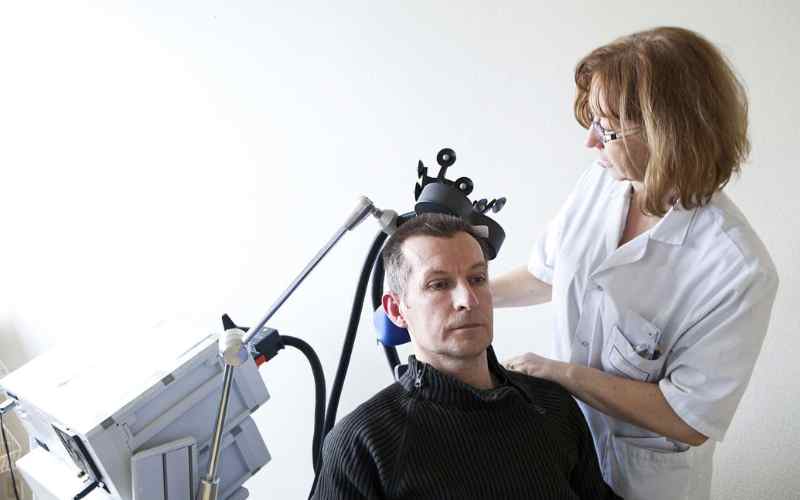rTMS therapy, short for repetitive transcranial magnetic stimulation, is a revolutionary treatment method that harnesses the power of magnetic fields to influence brain activity. It has gained significant attention in recent years as a non-invasive and promising alternative for various neurological and psychiatric conditions. In this blog, we’ll explore the science behind rTMS therapy and delve into its effects on the brain.
What is rTMS Therapy?
Repetitive transcranial magnetic stimulation (rTMS) is a procedure that involves delivering magnetic pulses to specific areas of the brain. These electromagnetic pulses are generated by a device called a treatment coil, which is placed on the scalp. The electromagnetic fields generated by the device penetrate the skull and stimulate the targeted brain regions.
How Does rTMS Therapy Work?
To understand how rTMS therapy works, we need to delve into the concept of brain stimulation. The human brain is a complex network of neurons that communicate with each other through electrical impulses. By delivering electromagnetic pulses, rTMS can modulate this electrical activity and influence the functioning of targeted brain regions.
Understanding Brain Stimulation
The brain consists of numerous interconnected regions, each responsible for different functions such as movement, emotion, and cognition. These regions communicate with each other through neural pathways. When certain brain regions exhibit abnormal activity or connectivity patterns, it can lead to neurological and psychiatric disorders.
rTMS therapy targets specific brain regions to normalize their activity. By applying electromagnetic pulses, it modulates the electrical excitability of neurons in the targeted area. This stimulation can either increase or decrease neuronal activity, depending on the parameters used during the treatment.
The Effects of rTMS on the Brain
rTMS therapy can have profound effects on the brain. By modulating neuronal activity, it can alter the connectivity between brain regions, leading to long-lasting changes. These changes can influence various aspects of brain function, including mood regulation, pain perception, and cognitive abilities.
Clinical Applications of rTMS Therapy
The versatility of rTMS therapy has led to its exploration in treating a wide range of neurological and psychiatric conditions. Let’s take a closer look at some of the notable applications:
- Depression Treatment with rTMS Therapy
Depression is a common mental health disorder characterized by persistent sadness, loss of interest, and impaired functioning. Traditional treatments like medications and psychotherapy may not work for everyone. rTMS therapy, particularly a specific form called repetitive transcranial magnetic stimulation for depression (rTMS-D), has emerged as a promising alternative. It targets the prefrontal cortex, a region associated with mood regulation, and helps alleviate depressive symptoms.
Conclusion
With a dedicated team of professionals and state-of-the-art equipment, SNBCare delivers non-invasive brain stimulation to treat major depressive disorder. Our commitment to delivering personalized care and innovative treatment options makes SNBCare a leading provider of rTMS therapy, bringing hope and improved quality of life to patients in need.


